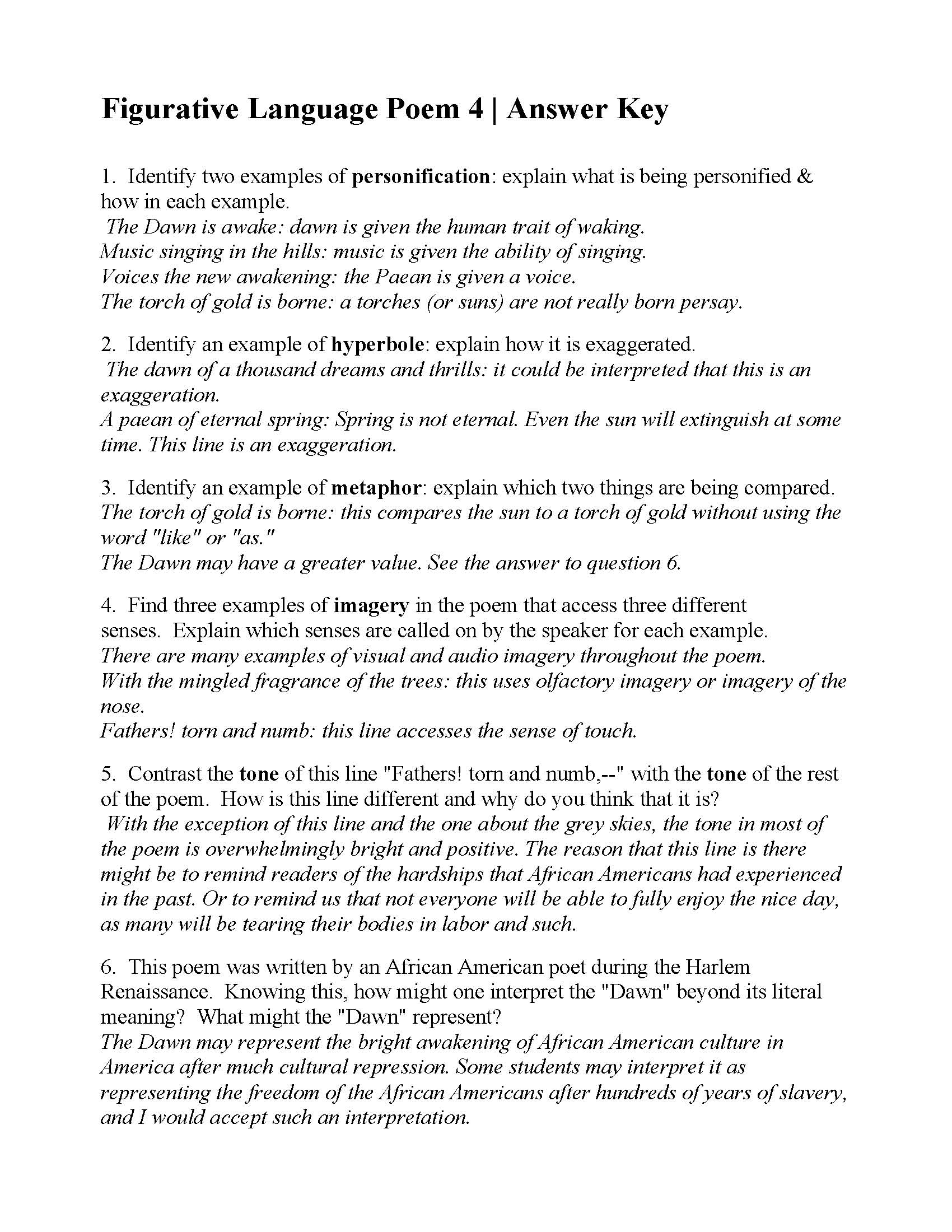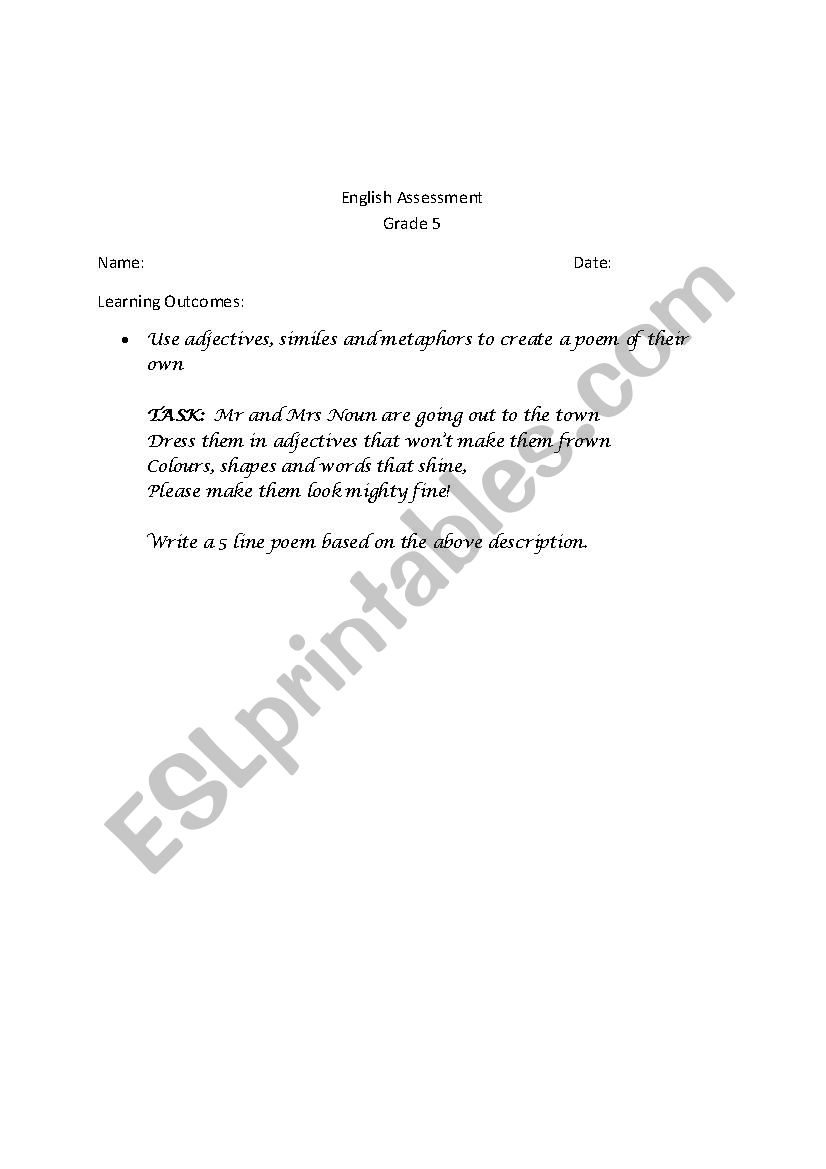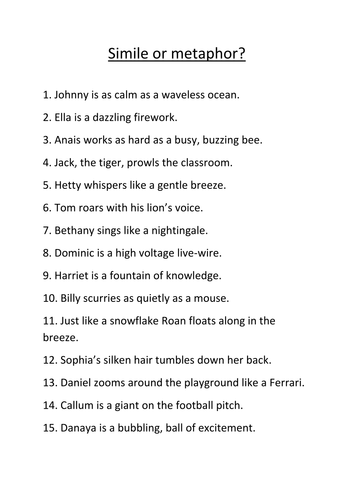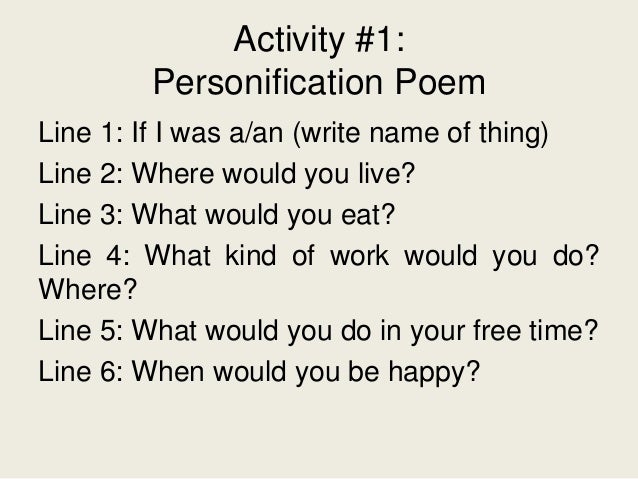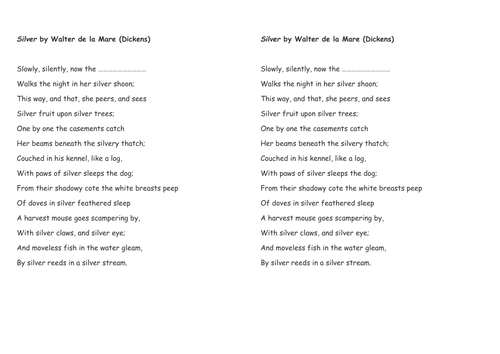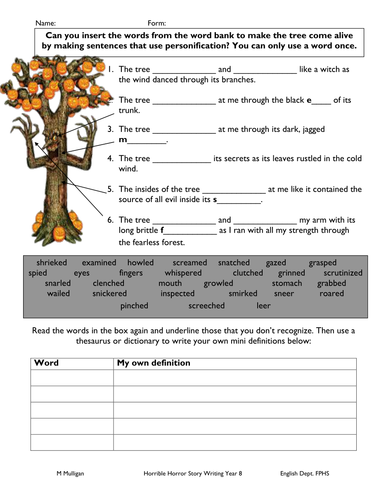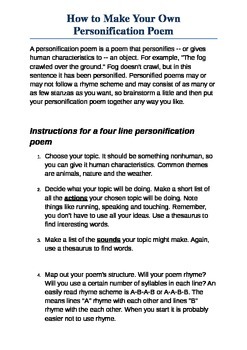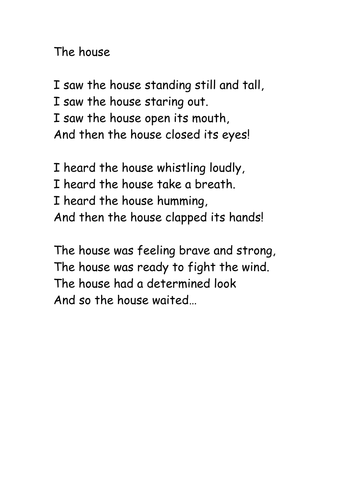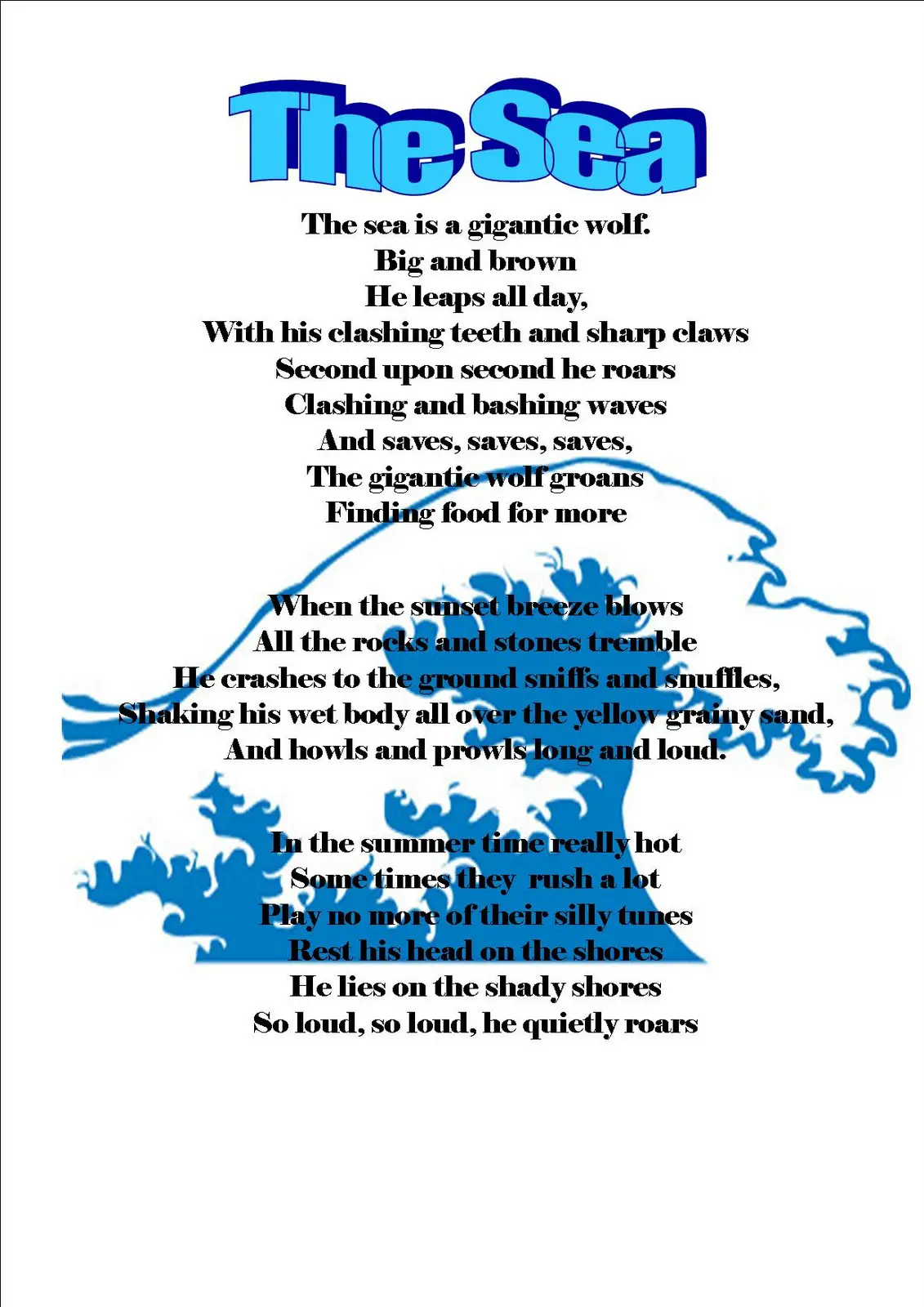Used right, they might give your writing a brand new angle, apart from letting you compare, emphasize or clarify specific thoughts. You should know each kind so that you employ them in your work.
Metaphor. Metaphors can be a figure of speech expressed by comparing two things, saying that one is the other. This is a comparison of two things that avoid the use of "like" or "as." Its successful because of the very indirect manner during which it communicates its message, provided your entire writing is capably come up with (with the aid of a full writing software).
Simile. Like metaphors, they assist you to compare unlike things. However, they choose a method, employing comparisons that use connectors, including "like" and "as."
Synecdoche. This type of figurative language uses part of something to refer to the main, specify a category of thing used to touch on a more substantial if not more general class. Examples include talking about a businessman for a "suit," to money as "paper" and your car or truck as "wheels."
Hyperbole. Frequently working at humorous writing, this entails exaggerating or overstating a well known fact for effect or familiar with evoked strong feelings or impressions. For one example, consider all of the "Yomamma" jokes.
Pun. Puns are use on words and its it frequently utilized for knock-knock jokes.
Personification. In this manner of figurative language, an abstract object or concept is represented as a person, including any time a singer is the term for his "car" like a "she."
As an example I give some pictures related to Personification Poetry Year 5
Many thanks for taking your time and energy to study articles Personification Poetry Year 5. To sign up to updates from our site please bookmark Personification


